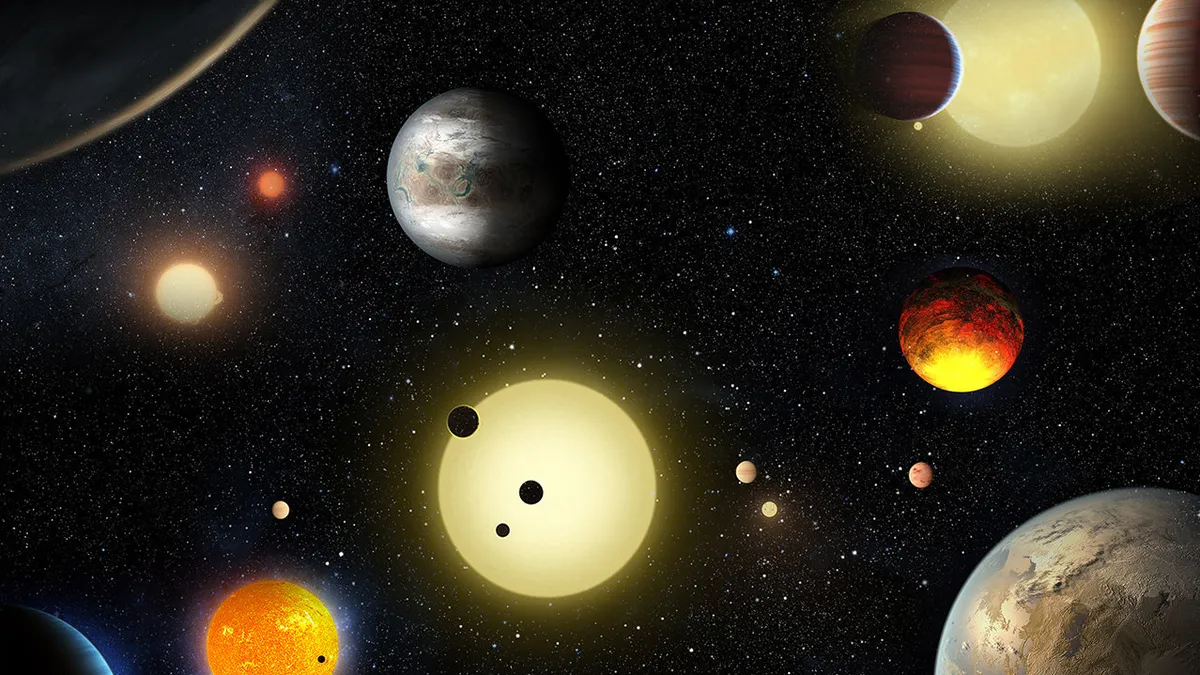One of the two “super-Earth” planets discovered by an international team of researchers, which is believed to be suitable for life, is circling a tiny, cold star some 100 light years distant from Earth. A NASA expedition designed to look for planets circling nearby stars turned out the first planet, known as LP 890-9b. The Belgian University of Liège, which published the study in the journal Astronomy & Astrophysics, estimates that it is around 30% bigger than Earth and completes one full rotation around its star every 2.7 days.
The results supported NASA’s first space-based observations made using the capability of identifying planet features SPECULOOS (Search for livable Planets EClipsing ULtra-cOOl Stars) telescopes in Chile and Spain. A second, previously undiscovered planet that is in the so-called “habitable zone” surrounding its star was found by the researchers as well, which was their own finding.
LP 890-9c is a planet that is almost 40% bigger than Earth yet takes 8.5 days to circle its sun. The ability to support life-supporting materials like water may be indicated by its orbital period and distance from the star.
According to Francisco Pozuelos, a co-author of the study and a researcher at the Institute of Astrophysics of Andalusia, “Although this planet orbits extremely near to its star, at a distance around 10 times shorter than that of Mercury around our sun, the quantity of solar irradiation it gets is still minimal, and might enable the existence of liquid water on the planet’s surface, assuming it has a suitable atmosphere.”
The one planet out of the 2 Super-Earth is so near to the star that it may be regarded as possibly habitable since the star it orbits is more than six times smaller than our sun and has a surface temperature approximately half that of our solar. The multinational team said that it intends to investigate the atmosphere of the planet in order to better understand its potential in relation to other planets that may be able to support life.
Source: American Military News

